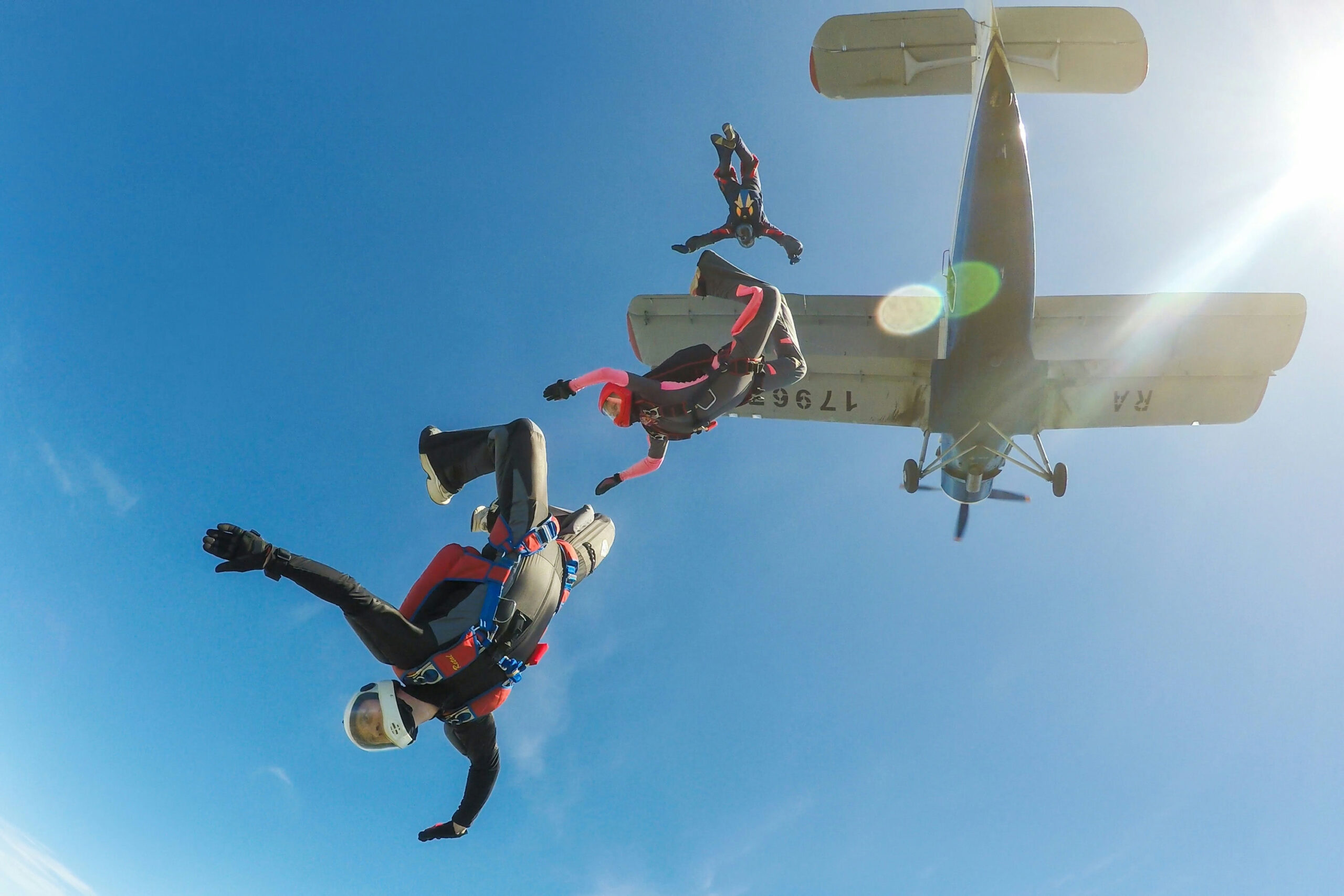To call Leonardo da Vinci merely an “artist” is to ignore the full scope of his genius. While masterpieces like the Mona Lisa define his artistic legacy, his true visionary nature is locked within the pages of his codices—thousands of sketches detailing machines, weapons, and engineering marvels centuries ahead of his time. Da Vinci was not just observing the world; he was attempting to reverse-engineer it.
His life’s work demonstrates a unique fusion of art, scientific observation, and mechanical engineering, all driven by insatiable curiosity and the demands of his powerful patrons, such as Ludovico Sforza and Cesare Borgia. Though few of his inventions were actually built during his lifetime, their concepts continue to influence and astound modern engineers.
1. The Dream of Flight: Ornithopters and Air Screws
Leonardo was obsessed with flight, studying the anatomy of birds and the principles of aerodynamics with meticulous detail. His ambition was to replicate the physics of natural flight using human power.
His most famous designs include the Ornithopter, a bird-inspired machine designed to be operated by a person lying prone while using pedals and levers to flap enormous wings. Even more conceptually astonishing was the Helical Air Screw, an early design for a helicopter that used a revolving spiral rotor to compress air and achieve lift. While not feasible with the materials and power sources of the 15th century, the concept perfectly captured the physics required for vertical flight.
The Validated Parachute
Among his most successful and simple designs was the Parachute. Leonardo sketched a pyramid-shaped, sealed linen canopy with a wooden frame, noting that a man could drop from any great height and sustain no injury. In the year 2000, a modern skydiver successfully tested a fully functional replica built to Leonardo’s exact specifications, validating his profound understanding of aerodynamics and weight distribution.
2. Military and Siege Engineering
Patronage often required Leonardo to serve as a military engineer, and his notebooks are filled with designs intended to give Renaissance armies a decisive advantage. These inventions show a mind capable of both subtle design and overwhelming force.
One of his most famous concepts is the Armored Vehicle. Sketching a design for a massive, circular war machine, essentially an early tank, Da Vinci envisioned a shell capable of moving and firing cannons from its perimeter. It was designed to be powered by men turning cranks inside. His 33-Barreled Organ Gun was a formidable multi-barrel cannon that acted as an early machine gun, designed to fire in rapid succession or broadside, creating a wide field of fire.
He also designed practical innovations like the Self-supporting Bridge, an easily assembled, interlocking military structure that required no screws or ropes, which has been successfully reconstructed and tested in modern times.
3. Beyond Mechanics: Robotics and Water Systems
Leonardo’s curiosity extended far beyond warfare and flight.
In the late 1490s, he designed a Mechanical Knight—an armored, humanoid automaton capable of sitting, standing, and moving its arms, likely intended for court entertainment. A working replica constructed in 2002 demonstrated the mechanical feasibility of his internal gear and pulley systems, marking it as a precursor to modern robotics.
He also designed elaborate Diving Suits for underwater sabotage and various hydraulic and canal systems, including designs for locks, pumps, and water wheels, demonstrating his expertise in civil engineering aimed at solving urban problems and diverting watercourses.
The Enduring Conceptual Legacy
The fundamental question remains: what was the true impact of these inventions? In Leonardo’s time, the direct influence was minimal. Few of his major mechanical designs were built due to material constraints (such as finding lightweight, strong metal for the Ornithopter) and the lack of a suitable power source (like the internal combustion engine). His notebooks were scattered after his death in 1519, remaining largely unpublished for centuries.
However, once his codices were rediscovered and analyzed in the 19th and 20th centuries, his long-term influence became undeniable. Modern scholars and engineers recognize his technical drawings as foundational to the field of engineering design. His inventions serve not just as historical artifacts, but as a perpetual source of inspiration, demonstrating the breathtaking power of an imagination that refused to be bound by the technology of its own era. Leonardo da Vinci was the ultimate interdisciplinary genius, proving that the greatest inventions begin not with materials, but with an unbridled concept.

